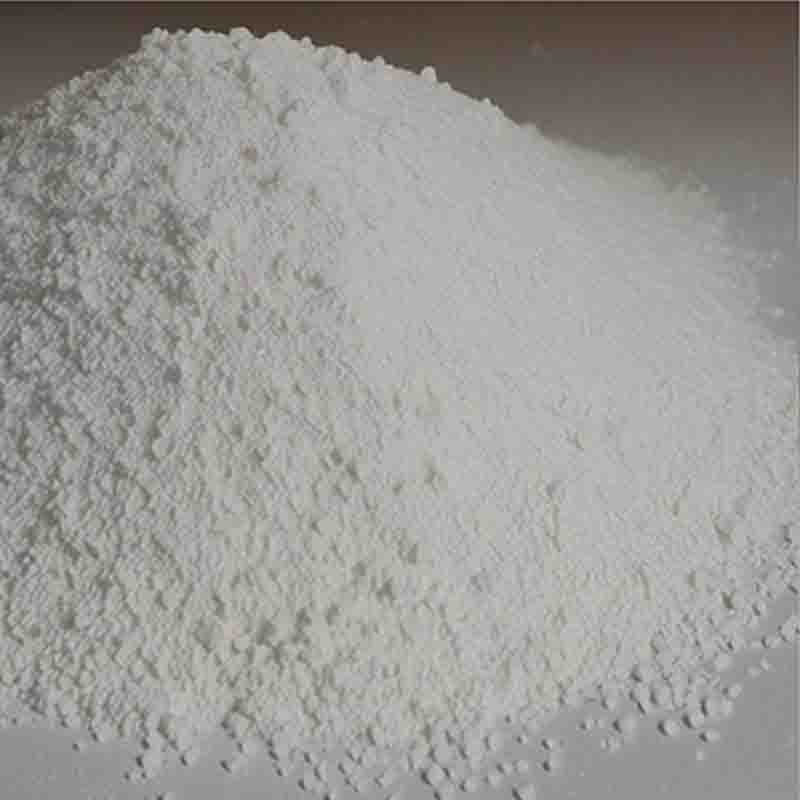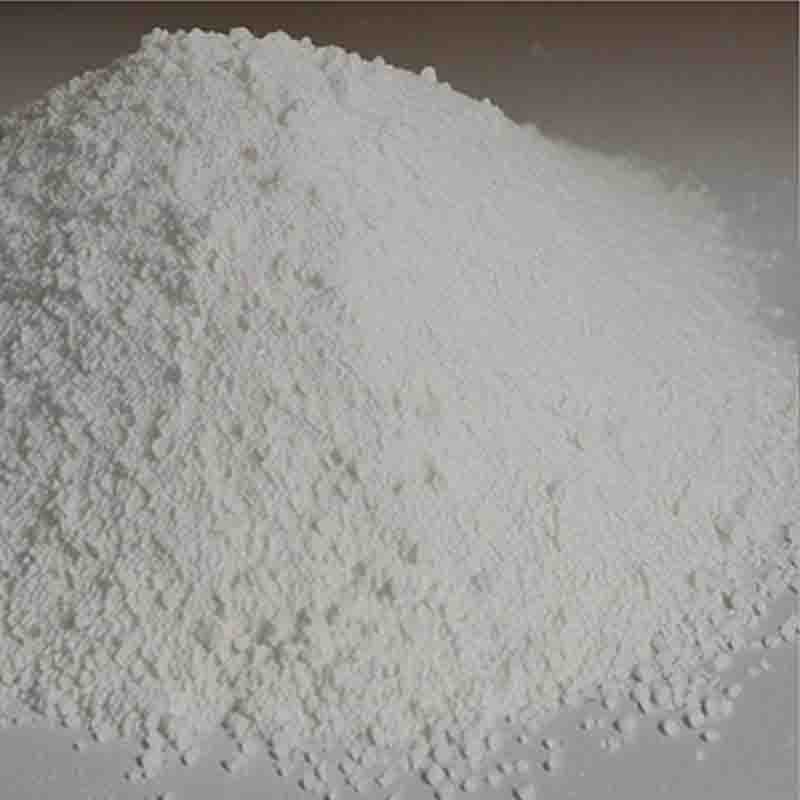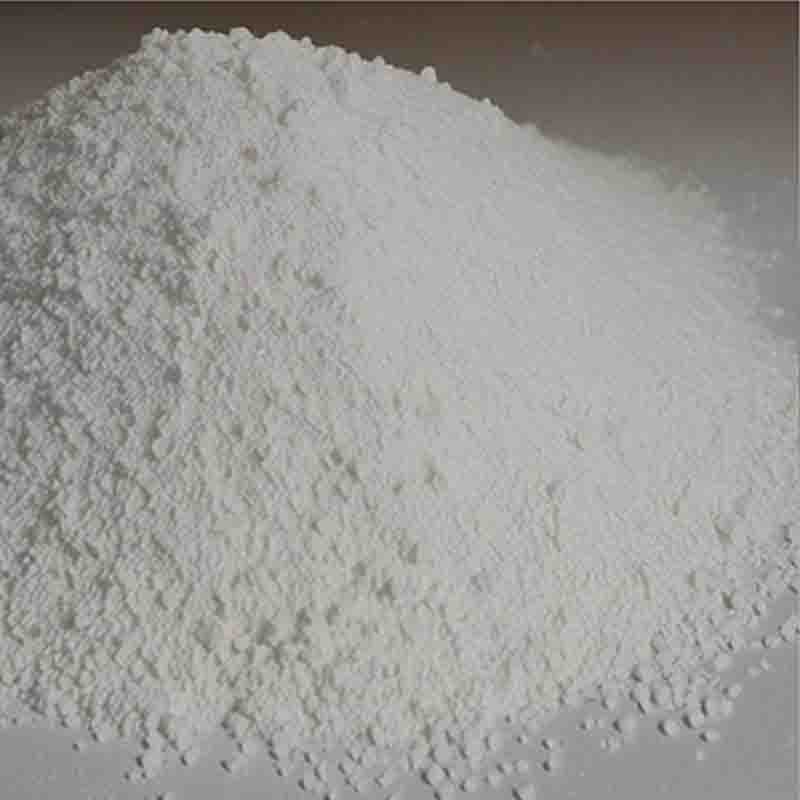2,8-Diazabicyclo[4.3.0]nonane CAS: 151213-42-2
| Catalog Number | XD93393 |
| Product Name | 2,8-Diazabicyclo[4.3.0]nonane |
| CAS | 151213-42-2 |
| Molecular Formula | C7H14N2 |
| Molecular Weight | 126.2 |
| Storage Details | Ambient |
Product Specification
| Appearance | White powder |
| Assay | 99% min |
2,8-Diazabicyclo[4.3.0]nonane, commonly known as DBN, is a chemical compound with a unique structure that gives it a wide range of applications in various fields.In organic synthesis, DBN is commonly used as a strong organic base and a catalyst. Its bicyclic structure provides stability, allowing it to be utilized in a variety of reactions. DBN is particularly useful in organic transformations where a strong base is required, such as in the deprotonation of acidic compounds or the creation of carbon-nitrogen bonds. It can also be employed in the synthesis of pharmaceuticals, agrochemicals, and other complex organic molecules.DBN is also used as an additive in polymer chemistry. Its basic nature allows it to act as a neutralizing agent in the production of polyurethane foams and elastomers. It helps control the reaction kinetics and enhances the physical properties of the resulting polymer, such as mechanical strength and heat resistance. Additionally, DBN can be employed as a curing agent for epoxy resins, contributing to their cross-linking and polymerization processes.Furthermore, DBN finds various applications in the field of pharmaceuticals. It can be utilized as a reactive intermediate in the synthesis of drugs, especially for the preparation of heterocyclic compounds. Its basicity allows for the formation of key intermediates or the modification of drug molecules to enhance their pharmacological activity or properties. DBN also acts as a catalyst in certain pharmaceutical reactions, such as the selective deprotection of protective groups or the formation of peptide bonds.DBN has proven to be an effective and versatile catalyst in asymmetric organic synthesis as well. Its unique structure and basicity enable it to catalyze various enantioselective reactions, facilitating the creation of chiral molecules with high stereoselectivity and efficiency. This makes it a valuable tool for the synthesis of pharmaceuticals and other complex organic compounds where chirality is crucial.In summary, DBN is a valuable compound in organic synthesis, polymer chemistry, and pharmaceutical research. Its strong basicity, stability, and unique bicyclic structure make it a versatile tool for various reactions and applications. From its use as a catalyst and base in organic chemistry to its additive role in polymerization processes and its applications in pharmaceutical synthesis, DBN offers a wide range of possibilities for scientists and researchers in multiple fields.


![2,8-Diazabicyclo[4.3.0]nonane CAS: 151213-42-2 Featured Image](https://cdn.globalso.com/xdbiochems/白色粉末1039.jpg)
![2,8-Diazabicyclo[4.3.0]nonane CAS: 151213-42-2](https://cdn.globalso.com/xdbiochems/粉末70.jpg)





